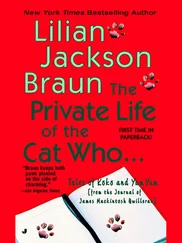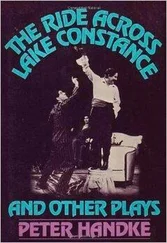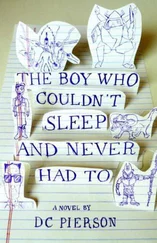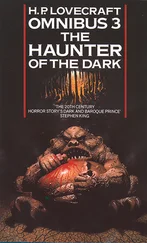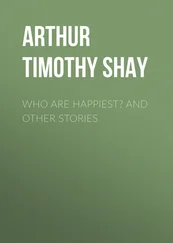The autopsy report describes a short, very slight young fellow, in good nick but minus his appendix. He has died from a shotgun blast fired from below his chin, which has removed his previously handsome face.
Trethewey, it seems, had been on his way to the Cross In Hand pub in the high street, where he always goes for a lunchtime glass of beer with his next-door-neighbour and friend, the blacksmith Jack Ferrario. But today he hadn’t turned up.
Apart from young Charlie’s footprints going towards and away from the body, there is only one other set of marks, quickly identified as footprints made by the wellington boots habitually worn by Trethewey. These are expensive, specially commissioned boots. Though they look like normal wellingtons they have on their sole a handmade tread incorporating the victim’s initials, RWT.
Trethewy’s distinctive boot prints start at his front door and continue unbroken to the middle of the field, where his body lay. They are easy to track because of the monogram, which, up to the position of the dead body, has been very heavily trodden into the deep snow.
But none of this makes sense, because Trethewy is not wearing his famous boots. He has on instead a pair of totally unsuitable moccasins. Furthermore, the boot prints continue from the body in an unbroken line into a copse of trees between the field and the village high street, where they disappear, the snow having not penetrated the overgrown wood. Even odder, the prints beyond the body appear somewhat lighter and less deep, though still heavy enough.
The local police are quick to spot the problems. How can a man in light shoes walk into the middle of a field, leaving boot tracks, shoot himself in the face, and then continue on his merry way, taking his weapon with him?
Stirring a mug of Ada Ferribridge’s steaming tea, Sergeant Swainston remarks that the prints might actually be those of the murderer, who stealthily approached Trethewey, his feet muffled by the snow, shot him, and then continued into the wood, there disposing of the firearm. ‘So where are the victim’s footprints, then?’ asks a young constable, passing round some of Ada’s biscuits. To this Swainston has no answer so he strolls over to the pub to relieve himself of the several teas he has had that afternoon.
As he is emerging from the gents an old man in a cap motions him across. He tells Swainston that the previous day, as today, Trethewey was wearing nothing more than very wet moccasins on his feet, despite the deep snow. He says he had claimed that his boots had been stolen from outside his front door. But he has more …
Two days previously Jack Ferrario had blown his top in the pub, apparently furious that his next-door-neighbour Trethewey had been hopping over their party wall and romancing Ferrario’s wife while he was shoeing horses at the smithy. Ferrario promised that he was going to damage Trethewey’s good looks in a way he wouldn’t be able to fix.
The old chap says that though Ferrario has small feet he is a huge ox of a man and that if he decided to pick up the slight Trethewey, carry him round the pub, and then fling him through the etched-glass window, he’d be able to do it without any trouble.
A light springs up in Swainston’s eye.

The problem
Who has killed Trethewey and where is the weapon? Is blacksmith Ferrario the murderer? If so how did he shoot the victim in the middle of a snow-covered field without leaving any footprints? Where are Trethewey’s boots, why was he wearing moccasins, and why are there no moccasin prints in the field? Finally, why has such a slight man made such heavy impressions with his monogrammed wellies?
Tap here for the solution.
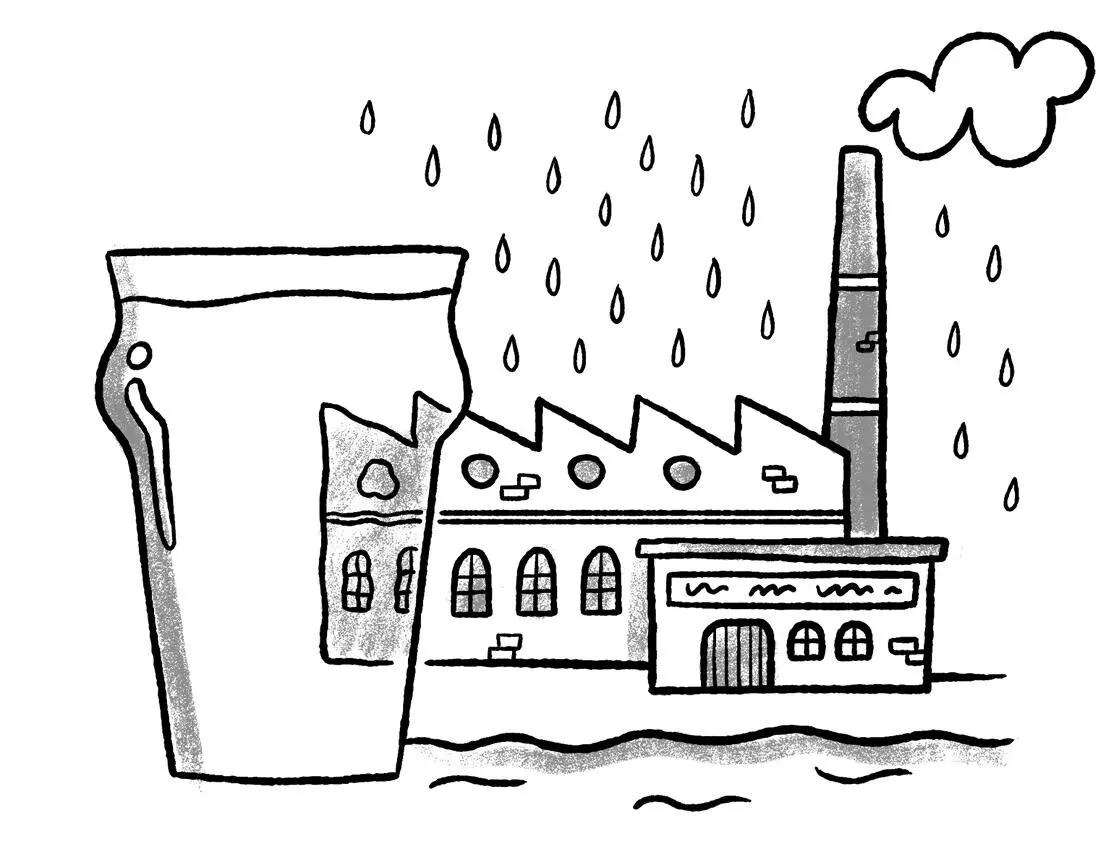
The mystery
It is a September day in 1925, on the outskirts of a small Yorkshire town tucked into a quiet nook in the Dales. It is lunchtime and the bells from the moorland church are chiming the quarter. Coming over the bridge is a solitary walker dressed in hiking tweeds, his cap pulled down over his eyes against the rain, which is now coming on hard. Across the high street he spies a cosy pub where he decides to shelter and have a bite to eat.
Inside the pub, our walker, whose name is Gerald, shakes the rain from his cap and hangs it on a peg beside the fire. He orders a pint of beer and a piece of cheese from the rosy-faced landlady and looking around the low ceilinged room he spots in the corner an old man in a straw hat, nursing a drink in a china mug.
Gerald leans his stick against the chimney corner and goes over to sit beside the old man. ‘Good afternoon,’ he says.
‘Aye’, replies the man, taking a pull at his ale and drawing a rough sleeve across his muttonchop whiskers.
Through the window Gerald can see, on the other side of a dry-stone wall, a huge Victorian factory building and its handsome reflection in the millstream. A plume of smoke rises from the chimney, and the factory name, S. GARTONS, is reflected in gigantic back-to-front capitals in the water. The old man removes the long clay pipe from his lips and says, ‘You’re not from round here, are you?’
‘No,’ replies Gerald.
The man pauses. ‘I’ll tell you what, lad,’ he says. ‘If you can tell me in one guess what it is they make in that factory I’ll buy you as much beer as you can drink. If you fail, you’ll do the same for me. One guess only.’ Gerald muses for a minute, staring into the shimmering water of the millstream opposite.
‘Well, I’ve no idea,’ he says. Then he takes a longer look at the name reflected in the water. ‘All right,’ he says suddenly, ‘I’ll tell you.’
The old man grins. ‘What is it then?’
‘Handkerchiefs!’ exclaims Gerald.
‘You cheated! You knew already,’ gasps the man.
‘No I didn’t,’ says Gerald. ‘It was easy.’

The problem
How did Gerald know what was made in the factory?
Tap here for the solution.
The riddle of the Burns supper
The mystery
John and Joan Jones live in a charming 18th-century cottage near Matlock in Derbyshire, on the south-eastern cusp of the Peak District. From their bedroom windows their two children Julie and Jeremy often look out across the craggy sheep-sprinkled vista, which stretches from the low screen of evergreen trees at the bottom of their back garden out as far as the eye can see.
They watch the ravens circling and cawing overhead, tearing worms from the damp earth, or dropping snails from a height onto the limestone outcrops as if cracking nuts. At night a low wind is often to be heard moaning under the eaves and rattling the handle of the Joneses’ garden shed.
The Joneses are a happy family. John Jones is a Scotsman who teaches business studies at Buxton’s Espurio University. Joan Jones is a full-time mother. Their cheerful children catch the bus to school every day and are both doing well. Jeremy is good at drawing and Julie likes maths. They help their mother around the house but from time to time Jeremy is mischievous, blowing raspberries at the dustmen through a hole in the hedge or letting his beagle Tinker off the lead when he goes into town.
Читать дальше



